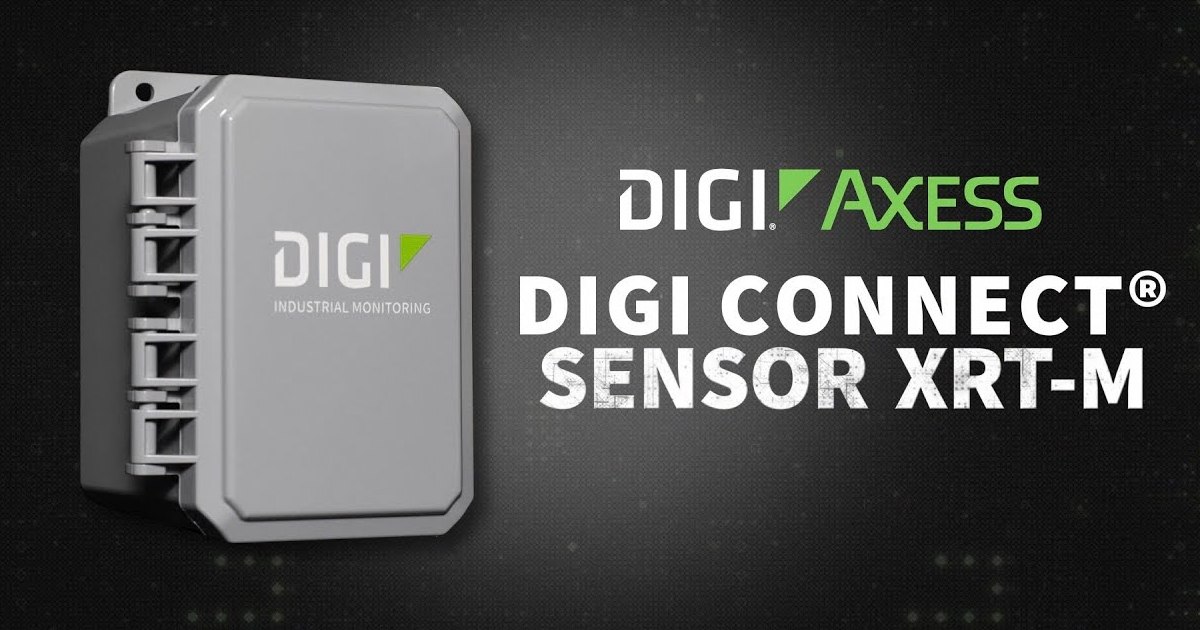For years, organizations have been collecting sensor data and managing their operational processes using SCADA and M2M networks. But today, with ongoing advances in five areas – high-speed processors and DSPs, low-cost memory, broadband wireless connectivity, high-resolution sensors, and a rich set of standards – the number of monitored and managed points in any organization’s process is exploding.
This is the Industrial Internet of Things (IIoT), which focuses on industrial markets and connecting their applications to any device, to another system, and to the Internet. IIoT is the ability to understand a process in extremely granular detail, so the process is continuously optimized relative to supporting and dependent processes, improving efficiencies.
As a result of the rapid proliferation of networked points spurred by IIoT, organizations now face new and dynamic challenges created by vast numbers of devices connected outside of the traditional enterprise network domain. This connectivity challenges organizations in the areas of management, security, and networking.
Is This Explosive Growth Possible?
Projections show the IIoT market growing by 6 billion devices over the next four years; an average of four million devices per day. Is this possible? Yes!
Consider a couple of illustrations of explosive IIoT growth:
An electric utility is modernizing its generation and transmission assets, as well as deploying Smart Grid applications to improve efficiencies in energy distribution and metering. This utility will install and deploy:
- 1 million connected devices in the power generation plants
- 2 million connected devices in the transmission and distribution substations
- 16 Million smart meters, with 4 to 5 connected devices behind each meter, for load management and Smart Grid applications
A second illustration of the explosive growth in IIoT is an oil and gas company automating its production processes from what is now a manual process. Over the next couple of years, the rollout of automation will add approximately 4.2 million connected devices (8 sensors per well, 8 wells per pad, 20 sensors for separation and storage) to the IIoT.
Companies are embracing IIoT as a means to understand their processes and improve efficiency. So IIoT is here to stay, and is poised to grow by billions of devices per year. But without fundamental changes to IIoT networks and devices, IIoT will create extremely complex challenges in enterprise security, spectral access, and management.
Where to Now?
With the vast number of devices being added, three areas need advancement: security, spectrum management, and networking.
Security
Security of SCADA, M2M, and now IIoT networks must become paramount with the ever- increasing numbers of sensors and devices being introduced daily, since each new sensor or device presents an entry point into the operational network and, in turn, an entry point into the enterprise network. Security must be approached so threats are detected as far out into the network as possible and mitigated as early as possible. In order to achieve this multi-tiered defense, areas to consider are:
- Securing IIoT devices against hijacking and malicious software. Devices need to employ secure bootloaders, signed software or firmware images and certificates.
- Authenticating all connected devices in a network, and with or without access to AAA servers in the back office. This requires some traditionally back office functions like DMZs, firewall and intrusion detection, to be moved into the operations network to build trusted zones.
- Deploying smart monitoring applications that are cognizant of Process Trending, so intruders who are not detected cannot create a single point of crisis. Process Trending allows a range of devices to understand process parameters and not make incorrect decisions based on a single point of attack or spoofing
- Continuing to elevate encryption and secure information handling in a manner that addresses critical infrastructure requirements. FIPS 140-2 is a recognized standard for securing critical infrastructure networks and information handling.
Spectrum Management
Today, many wireless networks are installed with all devices transmitting at maximum power because this practice is the best one to guarantee link reliability. Unfortunately, this practice elevates the noise floor and creates self-interference.
Since the overwhelming number of IIoT devices will be wireless devices or radios, devices must become cognizant of their environment and automatically adjust to any changes. Otherwise, options are smaller cells, which increase overall cost.
IIoT radios need automatic Spectrum Management in the areas of:
- Spectral Sensing - Identify unused spectrum and use it without causing harmful interference
- Frequency Selection and Multi-Band Radio w/ Band Steering or Off-Loading -interference avoidance technique
- Antennas with Active Beam Forming - direct the energy in the direction of the known receiver
- Transmit Power Control - for Wi-Fi and proprietary radios
- Cognitive Spectrum Sharing - Register or become aware of other network spectral usages and plan around them
Some of these capabilities exist in Wi-Fi radios, and are being propagated to non-Wi-Fi radios as chip makers introduce next generation radio chip sets.
IIoT Needs
In summary, IIoT is here to stay, and will continue to grow as organizations discover new and varied industrial applications for its use. At a minimum, the basic needs for successful IIoT deployment include:
- Multi-layer security
- Dynamic spectrum management
- Fixed point and ad hoc networking
Adoption and integration of the needs into SCADA, M2M and IIoT networks will keep networks healthy, cooperative, and ready for continued expansion.
Brad Gilbert is the Director of Product Management, FreeWave Technologies. Brad has more than 20 years of experience in product, project and engineering management with diverse and fast paced companies developing wireless M2M communication solutions.
Edited by
Ken Briodagh





